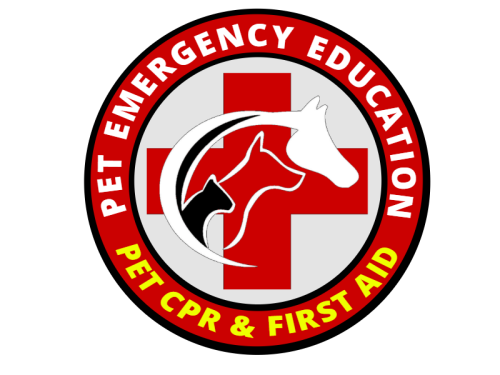Understanding Pet Emergency Triage: When to Seek Immediate Veterinary Care
- Lisa McGrath

- Apr 5
- 2 min read
As pet owners, we all want to ensure the health and safety of our furry friends. But how do you determine when your pet needs immediate emergency care versus when a vet visit can wait? Understanding the levels of pet emergency triage can help you make informed decisions in critical situations.

Level 1 - Critical (Immediate Veterinary Attention Required)
These are life-threatening emergencies requiring urgent care:
Cardiopulmonary Arrest: Heart and breathing have stopped.
Severe Respiratory Distress: Extreme breathing difficulty or blue gums.
Unresponsiveness/Collapse: Pet is unconscious or unable to stand.
Profuse Blood Loss: Heavy bleeding that doesn’t stop.
Penetrating Wounds: Deep cuts or punctures.
Severe Trauma: Hit by a car, deep wounds to the head, neck, chest, or abdomen.
Heatstroke: Overheating due to high temperatures.
Blocked Male Cats: Vomiting or sluggishness could indicate a blocked bladder.
Severe Eye Injury: Prolapsed eye or serious eye trauma.
Diabetic Emergencies: Low blood sugar in diabetic pets.
Lethargic Puppies: Could indicate contagious disease or low blood sugar.
Dystocia: Difficulty giving birth.
Toxic Ingestion: Swallowing toxic substances or foreign objects.

Level 2 - Emergent (Immediate Veterinary Attention Required)
These conditions are serious but may not be immediately fatal:
Breathing Difficulty/Wheezing
Allergic Reactions: Swelling around the face, mouth, or neck.
Smoke Inhalation
Neurological Issues: Confusion or abnormal behavior.
Paralysis: Inability to move hind or all limbs.
Active Seizures: Seizing or recent seizure within the last three hours.
Gastric Dilatation-Volvulus (GDV): Bloated stomach with unsuccessful vomiting attempts.
Urination Issues: Inability to urinate, especially in male cats.

Level 3 - Urgent (Should See a Vet Soon)
If your pet exhibits any of the following, schedule a vet visit as soon as possible:
Serious Wounds: Deep or extensive cuts.
Frequent Vomiting: Severe or persistent vomiting.
Difficulty Walking: Limping or mobility issues.

Level 4 - Non-Urgent (Needs a Vet, But Not an Emergency)
While these conditions warrant veterinary attention, they are not immediate emergencies:
Minor Wounds: Small cuts or scrapes.
Mild Injuries: Bruises or sprains.
Prolonged Low Appetite: Eating less than usual for several days.
Mild Limping
Level 5 - Stable (General Complaints)
Routine issues that can usually wait for a regular appointment:
Mild Digestive Issues: Diarrhea or itching.
Low-Stress Handling: Anxiety but stable condition.
General Wellness : Monitoring vitals like temperature, pulse, and breathing.
Knowing When to Act
Understanding these levels of emergency care can help you determine when to seek urgent veterinary assistance. If your pet exhibits symptoms from Levels 1 or 2, contact your vet immediately. Levels 3 and 4 indicate a vet visit is needed soon but not as an emergency, while Level 5 concerns can often wait for a routine check-up.
Being prepared and knowing the signs of critical emergencies can make all the difference in your pet’s health and well-being. Always err on the side of caution and consult with your veterinarian if you’re unsure about your pet’s condition.
.png)

.png)
.png)




Comentários